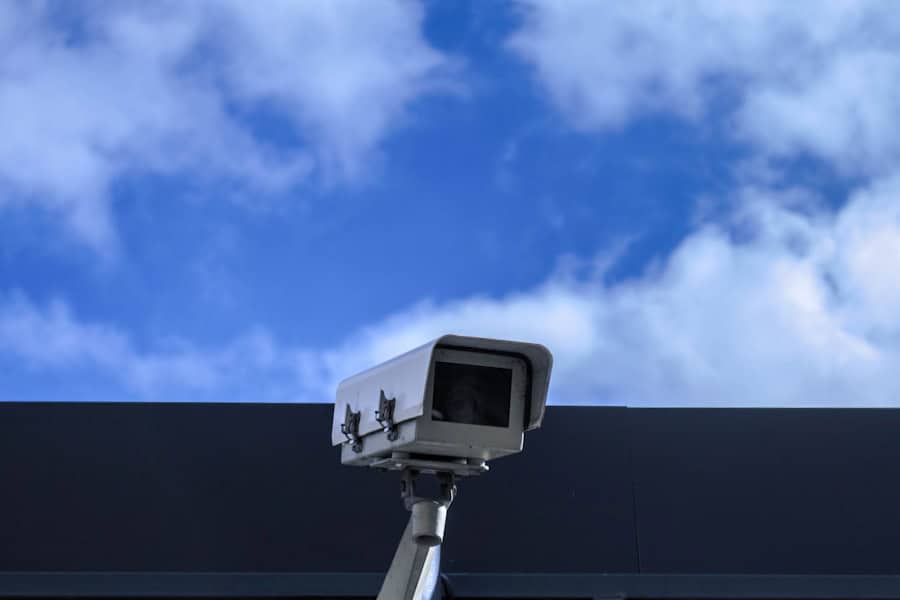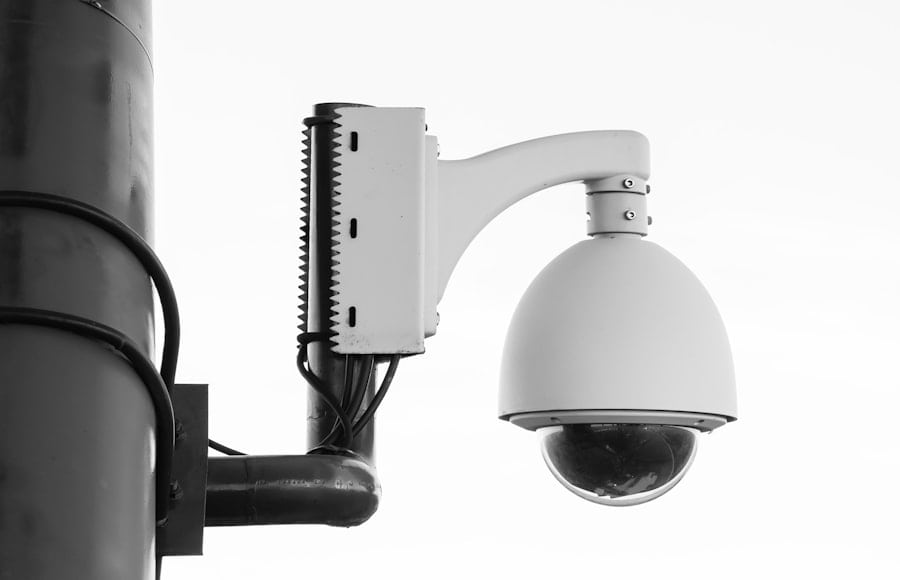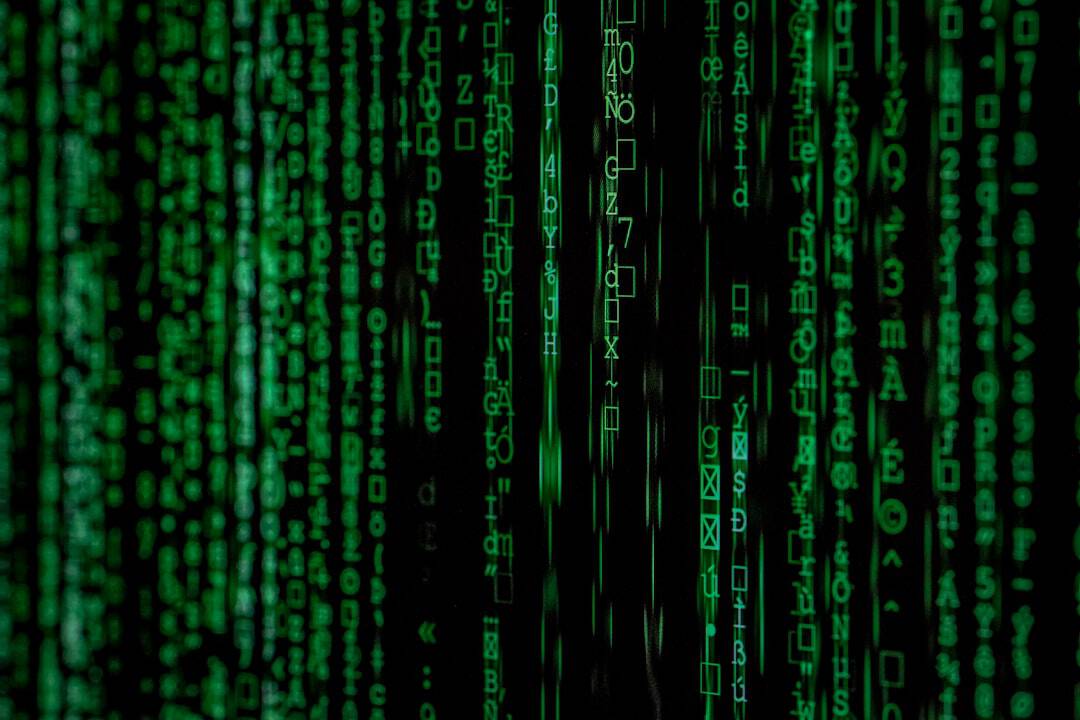Cyber attacks on industrial systems pose a significant threat to critical infrastructure safety, security, and stability. These attacks target various industrial control systems in power plants, water treatment facilities, manufacturing plants, and transportation systems. Attackers aim to disrupt operations, steal sensitive information, or cause physical damage to equipment.
They employ tactics such as malware, phishing, or denial-of-service attacks to infiltrate and compromise industrial systems. The potential for widespread and catastrophic consequences is a major concern with cyber attacks on industrial systems. An attack on a power plant could cause widespread outages, disrupting millions of lives and causing economic damage.
Similarly, compromising a water treatment facility could lead to contaminated drinking water and public health crises. The interconnected nature of industrial systems means an attack on one facility could have far-reaching effects across regions or countries. Industrial organizations must take proactive measures to protect their systems from cyber threats.
Cyber attacks on industrial systems are not hypothetical; they are a real and growing concern. Recent years have seen numerous high-profile cyber attacks on industrial facilities worldwide, demonstrating the vulnerability of these systems and the potential for significant harm. As industrial systems become increasingly interconnected and reliant on digital technologies, the risk of cyber attacks continues to grow.
It is crucial for industrial organizations to understand these threats and implement measures to mitigate their impact.
Key Takeaways
- Cyber attacks on industrial systems can have serious consequences, including production downtime, equipment damage, and safety hazards.
- Cyber security is crucial in industrial systems to protect against unauthorized access, data breaches, and disruption of operations.
- Identifying and addressing vulnerabilities in industrial systems is essential for preventing cyber attacks and minimizing potential damage.
- Best practices for securing industrial systems include implementing firewalls, encryption, access controls, and regular security audits.
- Implementing cyber security measures in industrial environments requires a combination of technology, policies, and employee training to create a comprehensive defense strategy.
- Training and educating employees on cyber security is important for creating a culture of awareness and responsibility in industrial settings.
- The future of cyber security in industrial systems will likely involve advancements in technology, increased automation, and a continued focus on proactive defense strategies.
Importance of Cyber Security in Industrial Systems
The importance of cyber security in industrial systems cannot be overstated. Industrial organizations are responsible for critical infrastructure that is essential for the functioning of modern society. Any disruption to these systems can have far-reaching and devastating consequences.
As such, it is crucial for industrial organizations to prioritize cyber security and take proactive measures to protect their systems from cyber threats. One of the key reasons why cyber security is so important in industrial systems is the potential for physical harm. Many industrial control systems are responsible for managing processes that have the potential to cause significant physical damage if they are compromised.
For example, a cyber attack on a chemical plant could result in explosions or toxic releases that pose a serious threat to public safety. By implementing robust cyber security measures, industrial organizations can reduce the risk of such incidents and protect the well-being of their employees and surrounding communities. In addition to the potential for physical harm, cyber attacks on industrial systems can also have severe economic and operational impacts.
Disruptions to industrial operations can result in significant financial losses, as well as damage to a company’s reputation and customer trust. Furthermore, the interconnected nature of industrial systems means that an attack on one facility could have ripple effects across entire supply chains, leading to widespread economic disruption. By investing in cyber security, industrial organizations can safeguard their operations and minimize the risk of costly disruptions.
Vulnerabilities in Industrial Systems: Identifying and Addressing

Industrial systems are vulnerable to a wide range of cyber threats due to their reliance on interconnected digital technologies. These vulnerabilities can be exploited by malicious actors to gain unauthorized access to industrial control systems, disrupt operations, or steal sensitive information. It is essential for industrial organizations to identify and address these vulnerabilities in order to protect their systems from cyber attacks.
One common vulnerability in industrial systems is outdated or unpatched software. Many industrial control systems run on legacy software that may no longer receive security updates or patches from the manufacturer. This leaves these systems vulnerable to known security flaws that can be exploited by cyber attackers.
Industrial organizations must prioritize the regular updating and patching of their software to mitigate this vulnerability and reduce the risk of cyber attacks. Another vulnerability in industrial systems is the lack of segmentation and isolation between operational technology (OT) networks and enterprise IT networks. Many industrial organizations have traditionally kept these networks separate, but the increasing convergence of IT and OT has blurred these boundaries.
This lack of segmentation can allow cyber attackers to move laterally through a network once they have gained access, potentially compromising critical control systems. Industrial organizations should implement robust network segmentation and access controls to limit the ability of attackers to move freely within their networks.
Best Practices for Securing Industrial Systems
| Best Practices for Securing Industrial Systems |
|---|
| 1. Implementing network segmentation to isolate critical systems |
| 2. Regularly updating and patching industrial control system (ICS) software |
| 3. Enforcing strong authentication and access control measures |
| 4. Conducting regular security assessments and audits |
| 5. Training employees on security best practices and awareness |
| 6. Implementing intrusion detection and prevention systems |
| 7. Establishing incident response and recovery plans |
Securing industrial systems from cyber threats requires a multi-faceted approach that incorporates best practices for cyber security. Industrial organizations should prioritize the following best practices to protect their systems from cyber attacks and minimize the risk of disruption: 1. Implementing robust access controls: Industrial organizations should implement strong access controls to limit who can access critical systems and data.
This includes using strong authentication methods, such as multi-factor authentication, and regularly reviewing and updating user access privileges. 2. Conducting regular security assessments: Industrial organizations should regularly assess the security posture of their systems through vulnerability scanning, penetration testing, and security audits.
This can help identify potential weaknesses and prioritize remediation efforts. 3. Educating employees on cyber security best practices: Employees are often the first line of defense against cyber threats, so it is crucial for industrial organizations to provide comprehensive training on cyber security best practices.
This includes raising awareness about phishing attacks, social engineering tactics, and other common methods used by cyber attackers. 4. Implementing robust incident response plans: Industrial organizations should have detailed incident response plans in place to guide their response in the event of a cyber attack.
This includes clear protocols for detecting, containing, and mitigating the impact of an attack. 5. Regularly updating and patching software: Industrial organizations should prioritize the regular updating and patching of their software to mitigate known security vulnerabilities and reduce the risk of exploitation by cyber attackers.
By implementing these best practices, industrial organizations can strengthen their cyber security posture and reduce the risk of disruption from cyber attacks.
Implementing Cyber Security Measures in Industrial Environments
Implementing effective cyber security measures in industrial environments requires a comprehensive approach that addresses the unique challenges and requirements of these settings. Industrial organizations should prioritize the following measures to protect their systems from cyber threats: 1. Deploying network monitoring and anomaly detection tools: Industrial organizations should deploy network monitoring and anomaly detection tools to identify unusual or suspicious activity within their networks.
This can help detect potential indicators of compromise and enable a rapid response to cyber threats. 2. Implementing secure remote access solutions: Many industrial systems require remote access for maintenance and monitoring purposes, but this can introduce security risks.
Industrial organizations should implement secure remote access solutions that use strong encryption and authentication methods to protect against unauthorized access. 3. Securing third-party connections: Industrial organizations often rely on third-party vendors and partners for various services and support.
It is essential to secure these connections through robust authentication methods and access controls to prevent unauthorized access to critical systems. 4. Encrypting sensitive data: Industrial organizations should prioritize the encryption of sensitive data both at rest and in transit to protect it from unauthorized access or interception by cyber attackers.
5. Implementing secure software development practices: Many industrial control systems rely on custom software developed specifically for their needs. Industrial organizations should implement secure software development practices to minimize the risk of introducing vulnerabilities into their systems.
By implementing these measures, industrial organizations can strengthen their cyber security posture and reduce the risk of disruption from cyber attacks.
Training and Educating Employees on Cyber Security

Training and educating employees on cyber security best practices is essential for strengthening the overall security posture of industrial organizations. Employees are often targeted by cyber attackers through tactics such as phishing emails or social engineering attempts, making them a critical line of defense against cyber threats. Industrial organizations should prioritize comprehensive training programs that raise awareness about common cyber threats and provide employees with the knowledge and skills they need to recognize and respond to potential risks.
Training programs should cover a wide range of topics, including how to identify phishing emails, how to create strong passwords, how to recognize social engineering tactics, and how to report suspicious activity. Employees should also be educated about the importance of following established security protocols and best practices for securing their devices and data. In addition to initial training programs, industrial organizations should provide regular refresher training to ensure that employees stay up-to-date with the latest cyber security best practices.
This can help reinforce key concepts and ensure that employees remain vigilant against evolving cyber threats. Furthermore, industrial organizations should consider implementing simulated phishing exercises and other hands-on training activities to test employees’ ability to recognize and respond to potential threats. These exercises can provide valuable insights into areas where additional training may be needed and help reinforce good security habits among employees.
By prioritizing comprehensive training and education programs, industrial organizations can empower their employees to play an active role in protecting their systems from cyber threats.
The Future of Cyber Security in Industrial Systems
The future of cyber security in industrial systems will be shaped by ongoing technological advancements, evolving threat landscapes, and changing regulatory requirements. Industrial organizations must adapt to these changes by continuously improving their cyber security posture and staying ahead of emerging threats. One key trend that will shape the future of cyber security in industrial systems is the increasing convergence of IT and OT networks.
As more industrial control systems become connected to enterprise IT networks and the internet, the attack surface for cyber threats will continue to expand. Industrial organizations must prioritize robust network segmentation, access controls, and monitoring tools to protect against potential intrusions into their OT environments. Another important trend is the growing use of artificial intelligence (AI) and machine learning (ML) technologies for cyber security purposes.
These technologies have the potential to enhance threat detection capabilities and enable more proactive responses to potential cyber attacks. Industrial organizations should consider incorporating AI and ML tools into their cyber security strategies to improve their ability to detect and respond to emerging threats. Furthermore, as regulatory requirements around data privacy and security continue to evolve, industrial organizations will need to ensure compliance with these standards while also addressing unique challenges related to securing industrial control systems.
In conclusion, the future of cyber security in industrial systems will be characterized by ongoing technological advancements, evolving threat landscapes, and changing regulatory requirements. Industrial organizations must remain vigilant in addressing these challenges by continuously improving their cyber security posture and staying ahead of emerging threats.
If you’re interested in the future of industrial cyber security, you may also want to check out this article on future trends and innovations in the metaverse industry. As the metaverse continues to evolve and expand, it’s important to consider how cyber security measures will need to adapt to protect virtual environments and digital assets. Understanding the potential impact of virtual reality and parallel worlds in the metaverse is crucial for developing effective cyber security strategies in the industrial sector.
FAQs
What is industrial cyber security?
Industrial cyber security refers to the protection of industrial control systems, networks, and devices from cyber threats and attacks. It involves implementing measures to secure critical infrastructure such as power plants, manufacturing facilities, and transportation systems from unauthorized access, disruption, or damage.
Why is industrial cyber security important?
Industrial cyber security is important because industrial control systems are increasingly connected to the internet, making them vulnerable to cyber attacks. A successful attack on industrial systems can have serious consequences, including disruption of essential services, damage to equipment, and potential harm to public safety.
What are the common cyber threats to industrial systems?
Common cyber threats to industrial systems include malware, ransomware, phishing attacks, and insider threats. These threats can result in unauthorized access to critical systems, data theft, disruption of operations, and even physical damage to industrial equipment.
What are some best practices for industrial cyber security?
Best practices for industrial cyber security include implementing network segmentation, regularly updating and patching software, conducting regular security assessments, training employees on cyber security awareness, and implementing strong access controls and authentication measures.
What are some regulations and standards for industrial cyber security?
There are several regulations and standards for industrial cyber security, including the NIST Cybersecurity Framework, ISA/IEC 62443, and the European Union’s Network and Information Security (NIS) Directive. These regulations and standards provide guidelines and requirements for securing industrial control systems and critical infrastructure.











Leave a Reply